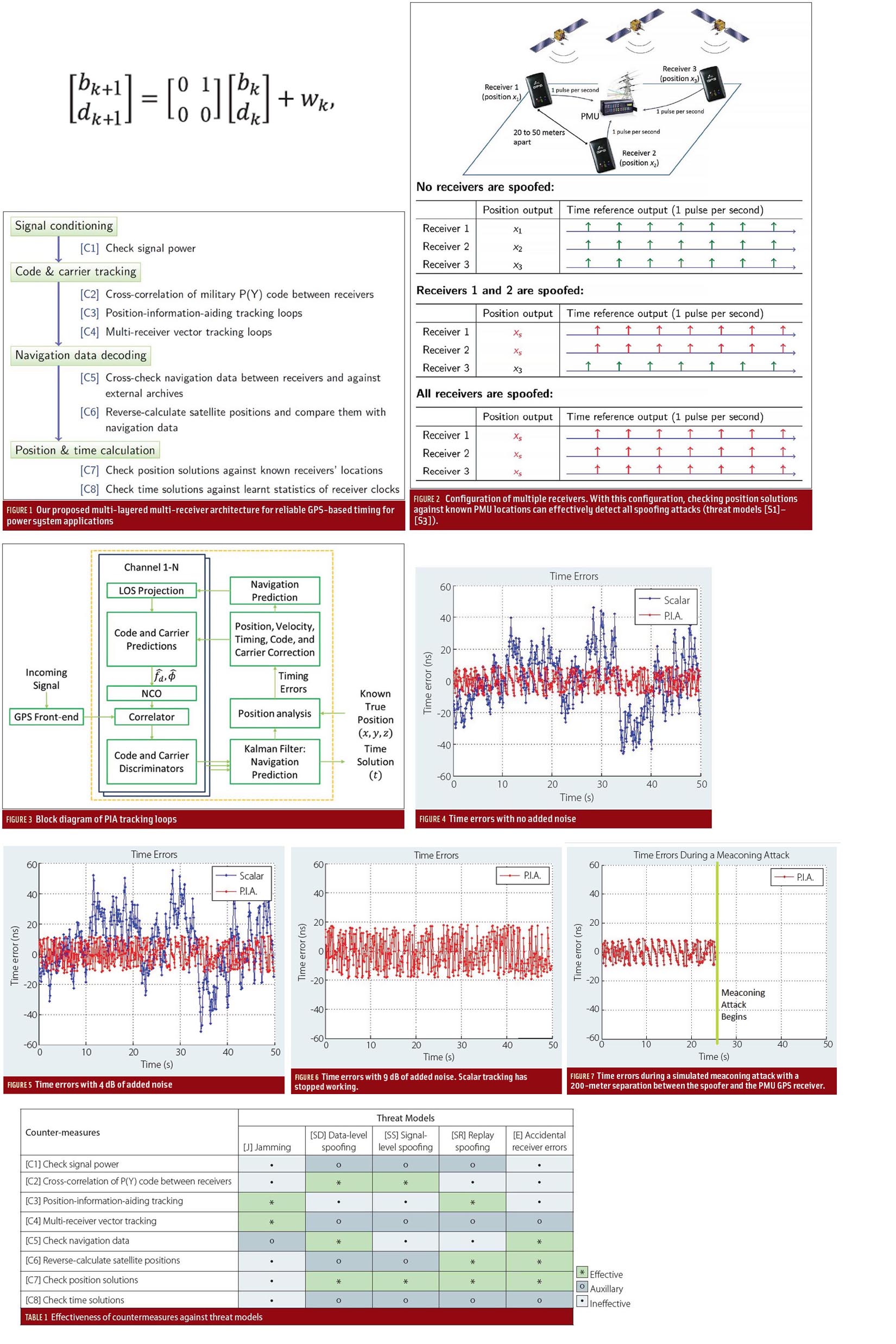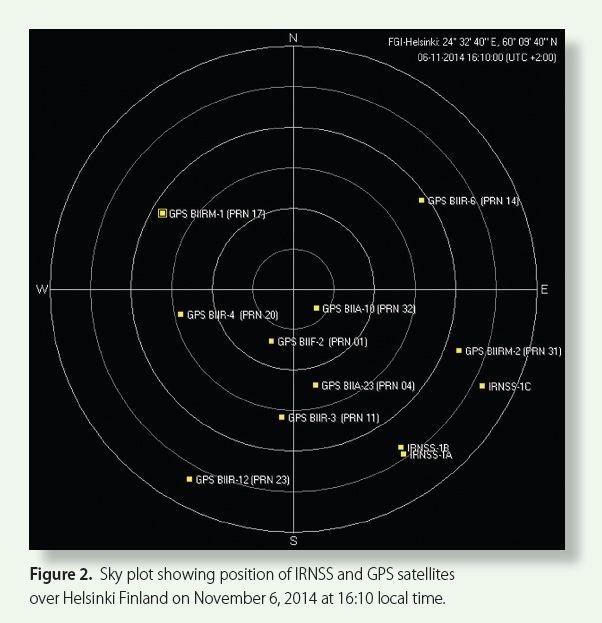Figures & Tables: Tracking IRNSS Satellites
Return to main article: "Tracking IRNSS Satellites"
By Inside GNSSReturn to main article: "Tracking IRNSS Satellites"
By Inside GNSS
Efficient power transmission and distribution would benefit from synchronized near–real-time measurements of voltage and current phasors at widely dispersed locations in an electric power grid. Such measurements also could enable effective real-time system monitoring and control, which are considered to be the key to preventing wide-scale cascading outages like the 2003 Northeast Blackout.
By Inside GNSS
As a navigation satellite transmits multiple signals on single frequency (e.g., Open Service and Restricted Service over L5 Band), these are combined on a common carrier to comprise a composite signal. This composite signal passes through navigation payload subsystems such as an up-converter, traveling wave tube amplifier (TWTA), filters, and so on. These subsystems may introduce adverse effects on the signal, such as amplitude and phase distortion, nonlinear effects, gain imbalance, IQ imbalance, and phase noise.
By Inside GNSS Figure 2: Sky plot showing position of IRNSS and GPS satellites over Helsinki Finland on November 6, 2014 at 16:10 local time.
Figure 2: Sky plot showing position of IRNSS and GPS satellites over Helsinki Finland on November 6, 2014 at 16:10 local time.The Indian Regional Navigation Satellite System (IRNSS)] is designed as a stand-alone regional navigation system with a primary service area extending up to 1,500 kilometers from the Indian land mass. Finland lies north of 60°N latitude more than 5,000 kilometers away from India, as shown in Figure 1 (see photo at the top of this article).
By Inside GNSS